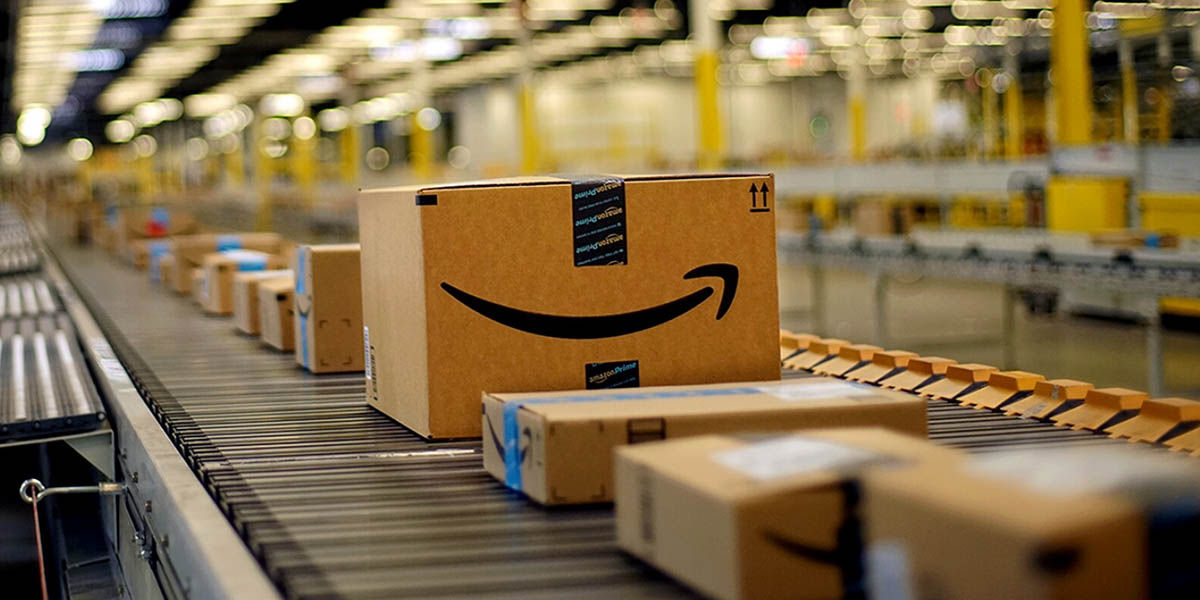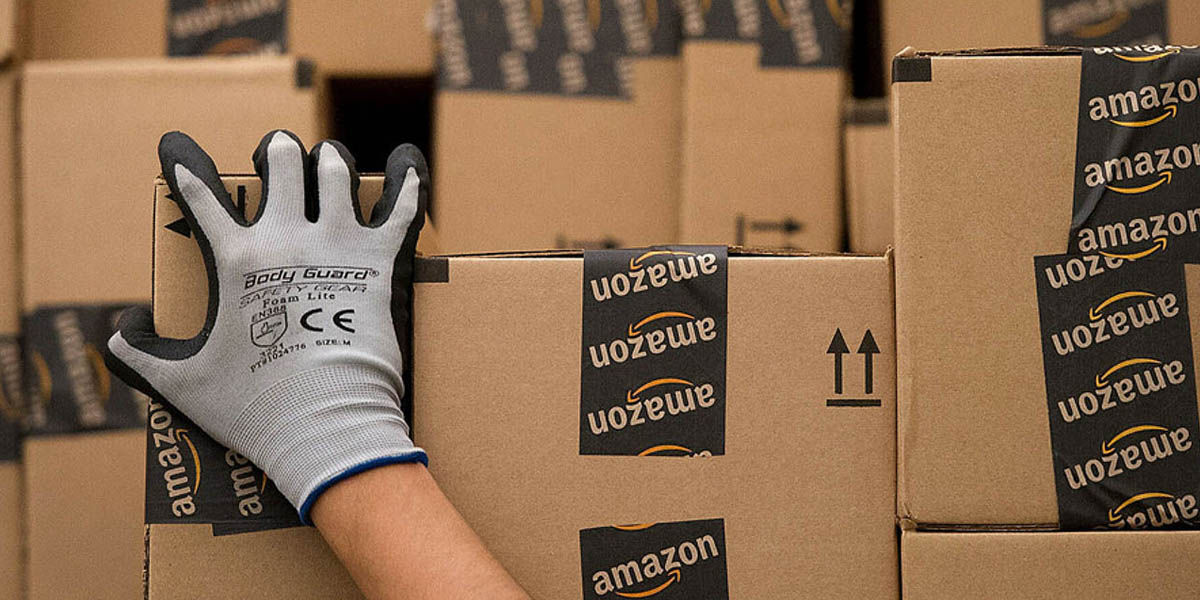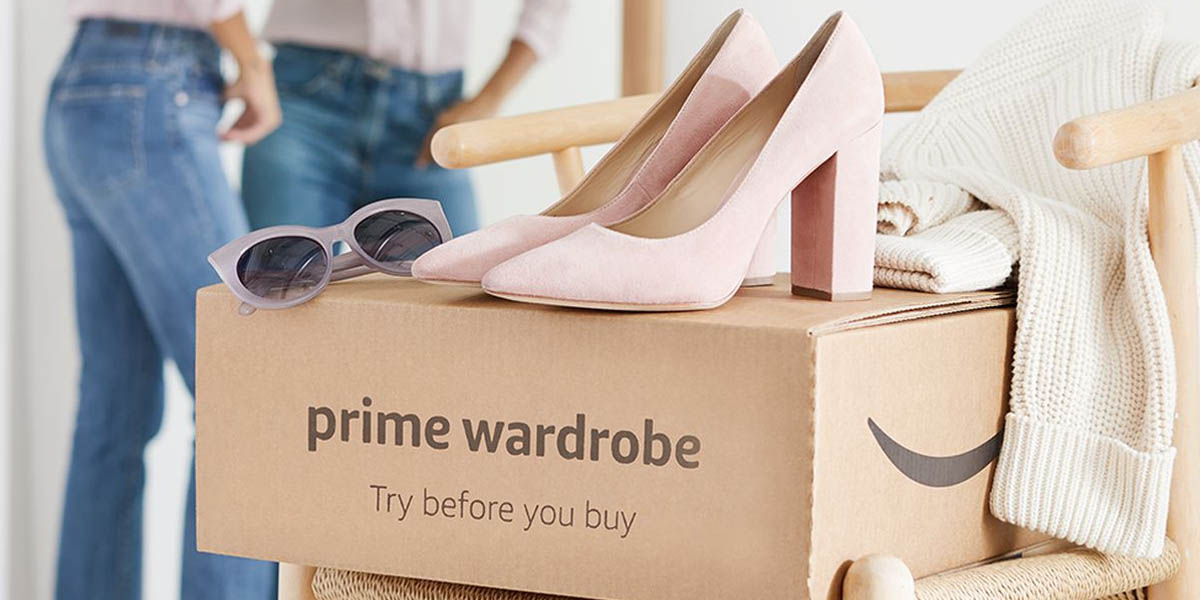
No one likes having to return an item they bought from Amazon or another online store because it was defective. It is a process that annoys clients and companies alike, although each one experiences it in a different way.
If you are the buyer, you will most likely just lose time between returning the item and receiving your refund (or another replacement item). However, companies lose money, time and resources, a very high price to pay for keeping their customers happy. What solution did they come up with? You’d be surprised, because Amazon and other stores don’t even open your returns , they just resell them in batches and make some dough along the way. That, or you get your money back and that’s it.
Verifying and paying your returns is not profitable for large online stores

Although some online stores such as Amazon move billions of euros a year, “returns represent up to 4% of their annual turnover” according to Cristian Castillo, logistics expert and professor of Economics and Business Studies at the Universitat Oberta de Catalunya (UOC).
Pay for the transport from your home to the company, verify that the package you sent is correct, check that the product is defective and then return it (or refund your money). This entire process is a headache and is often more expensive than the product itself .
In addition, add that 36% of online buyers returned a product during 2021 according to the Cetelem Observatory, and this only in Spain. The result? An unprofitable equation for stores, so they have to do something.
Your Amazon return can stop at a lot of items to resell “blind”

To get around their problem, Amazon and other large online stores have opted to sell returned items in bulk . This is not a practice that applies to all types of products, but it consists of the following: take a pallet, fill it with a bunch of items from the same generic niche (fashion, home, toys, etc.) and auction the lot through from secondary sales channels such as Amazon Returns.
Right off the bat you might think you ‘re buying a jack-in-the-box , and you’re not wrong. In the boxes you could find anything and be a bad deal if you paid too much for the lot. However, there is also the possibility of finding expensive products and in very good condition, making the return on resale well worth it.
This type of business could almost be considered a gamble, but most of the time the lots are sold for a very good price . The reason? Companies just want to get out of those items and make some money along the way, so they don’t care because it’s better than fixing or scrapping them. In addition, the rules are clear: they are not responsible for the state of the products or what you can get in the lot. And, eye, there are lots of interested parties.
I’ll give you your money back and you keep the product because it doesn’t rent me to receive it back

Another increasingly common practice among large online stores is the return of money without the need to receive the defective product . This mainly applies to low value items, although it can apply to anything. Its advantages?
- The company saves logistics and transportation costs .
- The customer is “benefited” by keeping the product and receiving what he spent.
- The buyer also saves time by not having to manage the return.
- The company gains loyalty from those benefited customers.
- The environmental impact as a consequence of the transport and destruction of the article is reduced.
Seen this way it seems wonderful, but it is not a problem-free method. What is the main? Abusive customers looking to rip off stores by asking for constant refunds while keeping items. This is something that companies are well aware of and at least Amazon is taking action by banning users who return too much stuff.
Other methods used by companies to avoid spending so much on returns

Is there any other method with which large online stores work to deal with the issue of returns and their associated expenses? Yes, at least two:
- Resale of Refurbished Items – This is a practice that has been around for years and is primarily applied to high-value tech items. The companies receive the returned product, check its condition, repair it if necessary and put it up for sale again at a lower price. In the case of Amazon, they even give you a guarantee for their refurbished products.
- Try multiple items and keep only the ones you like – Some stores let you pick a batch of products, ship them home for free for you to try, and pay for only the ones you like while you return the rest. This is a business model that does not include the guarantee as such, but it is a good way to save money for companies. Generally, it applies to clothing and its most famous representative is Amazon Prime Wardrobe.
As you will see, the big online stores always have an ace up their sleeve to reduce expenses. This is very positive for them and their clients, allowing them to remain strong in the market. However, at the same time it is something negative for SMEs, because many cannot afford it, leaving them at a disadvantage compared to the competition.
Have you ever benefited from this type of policy? Tell us your story in the comments.
